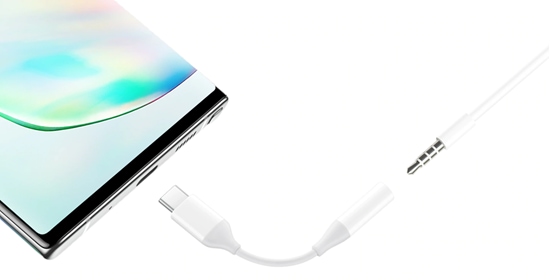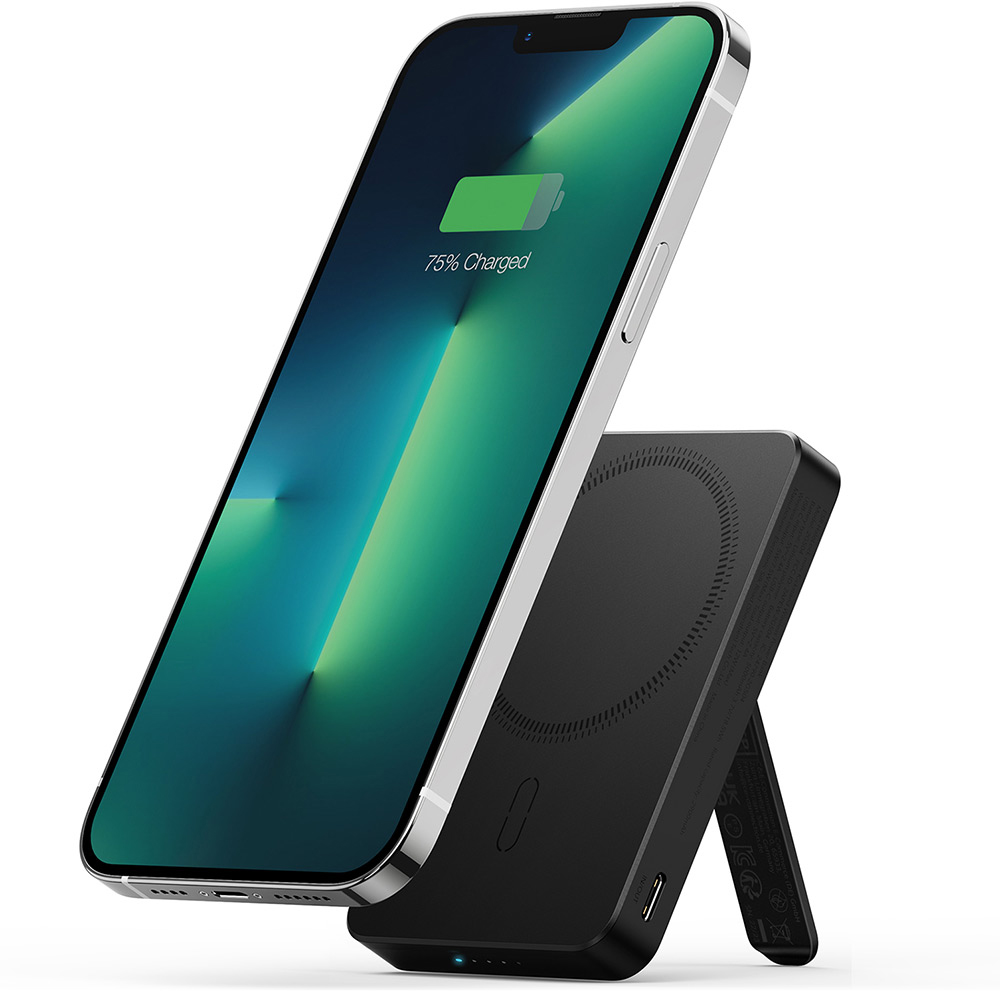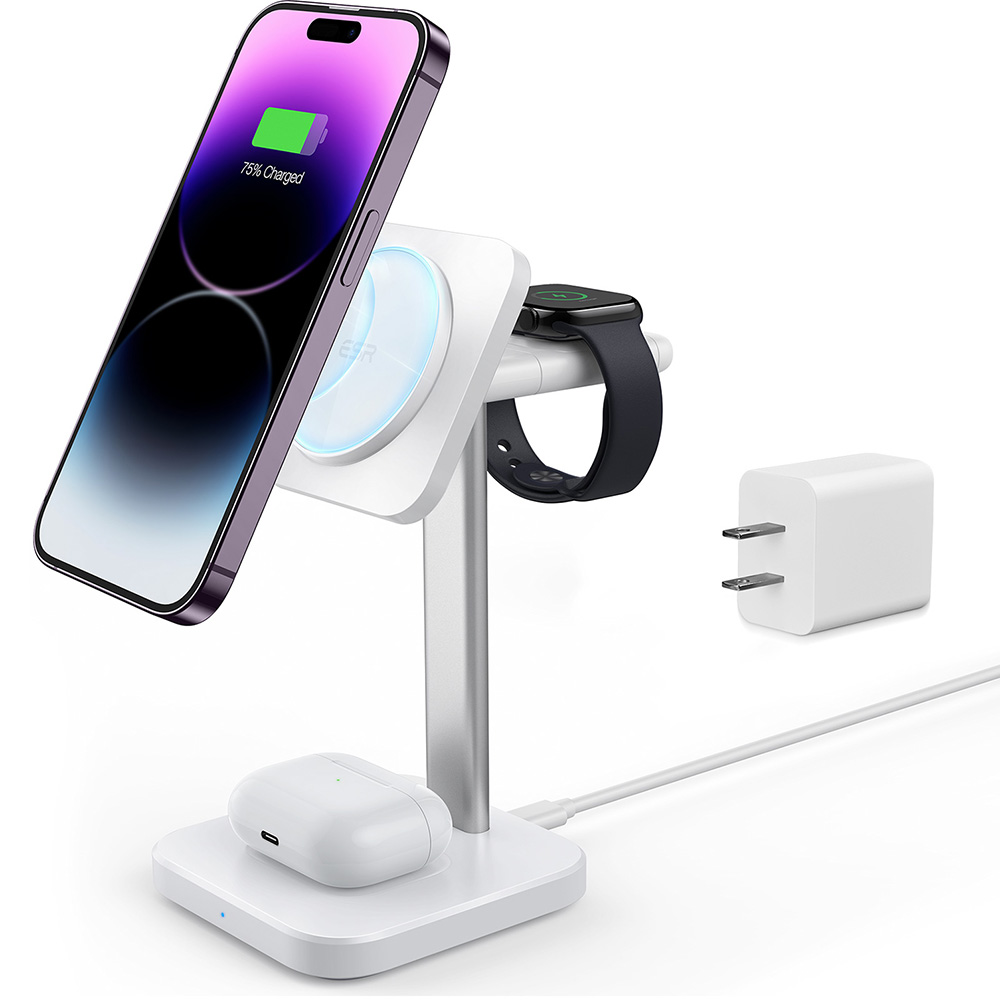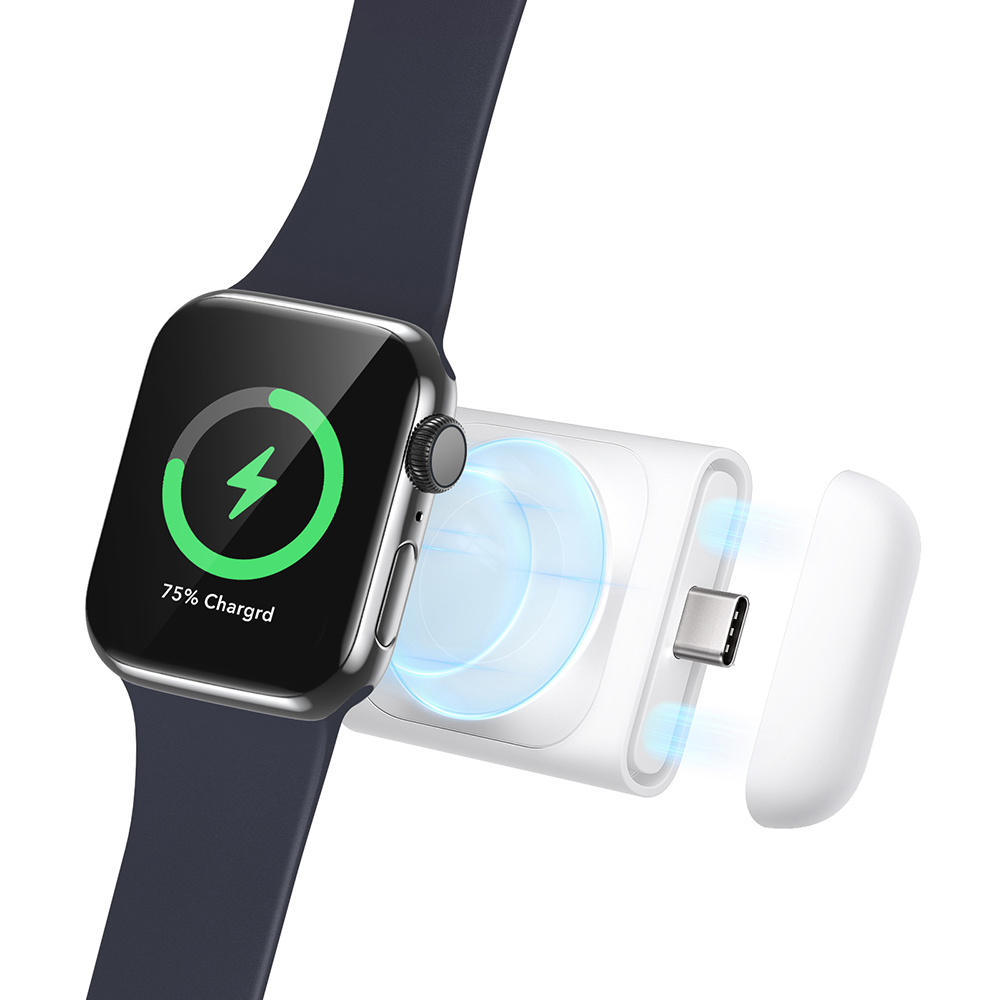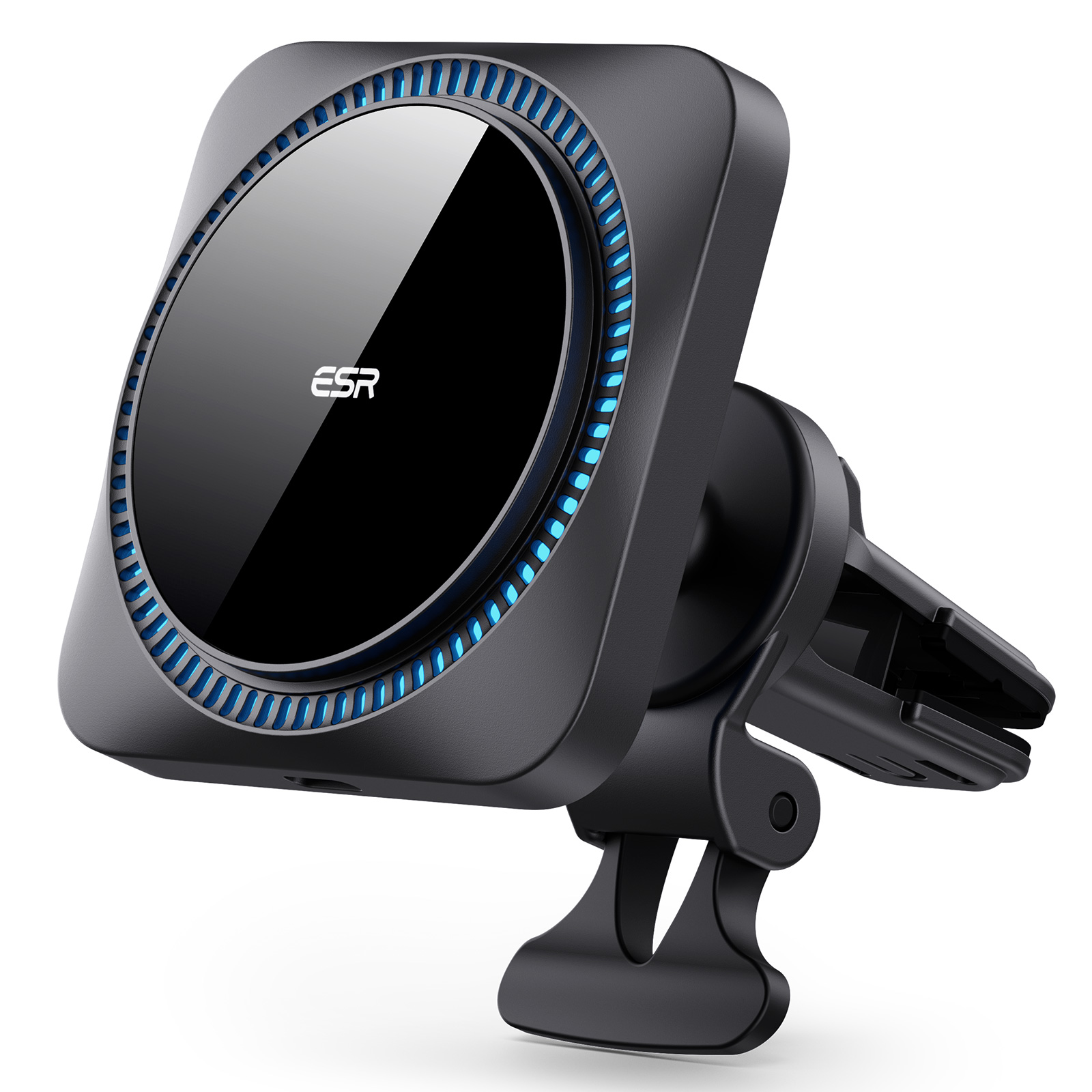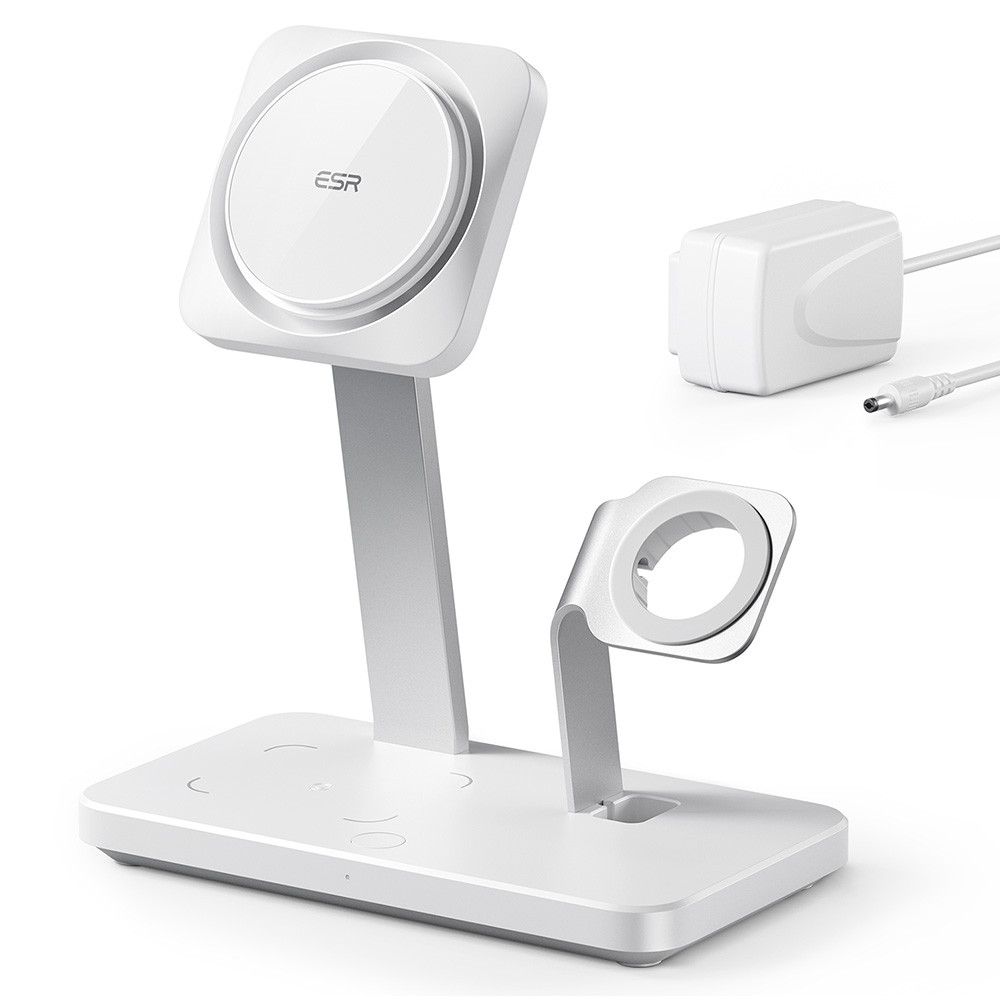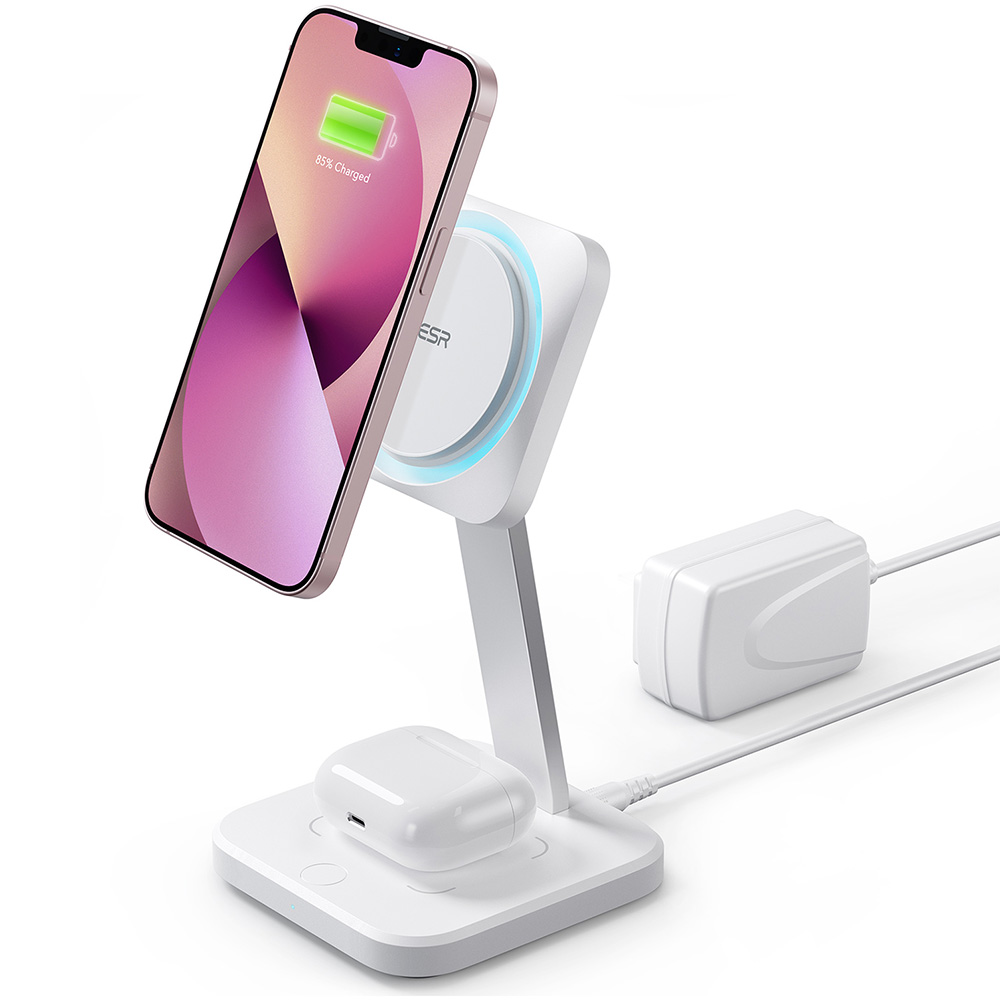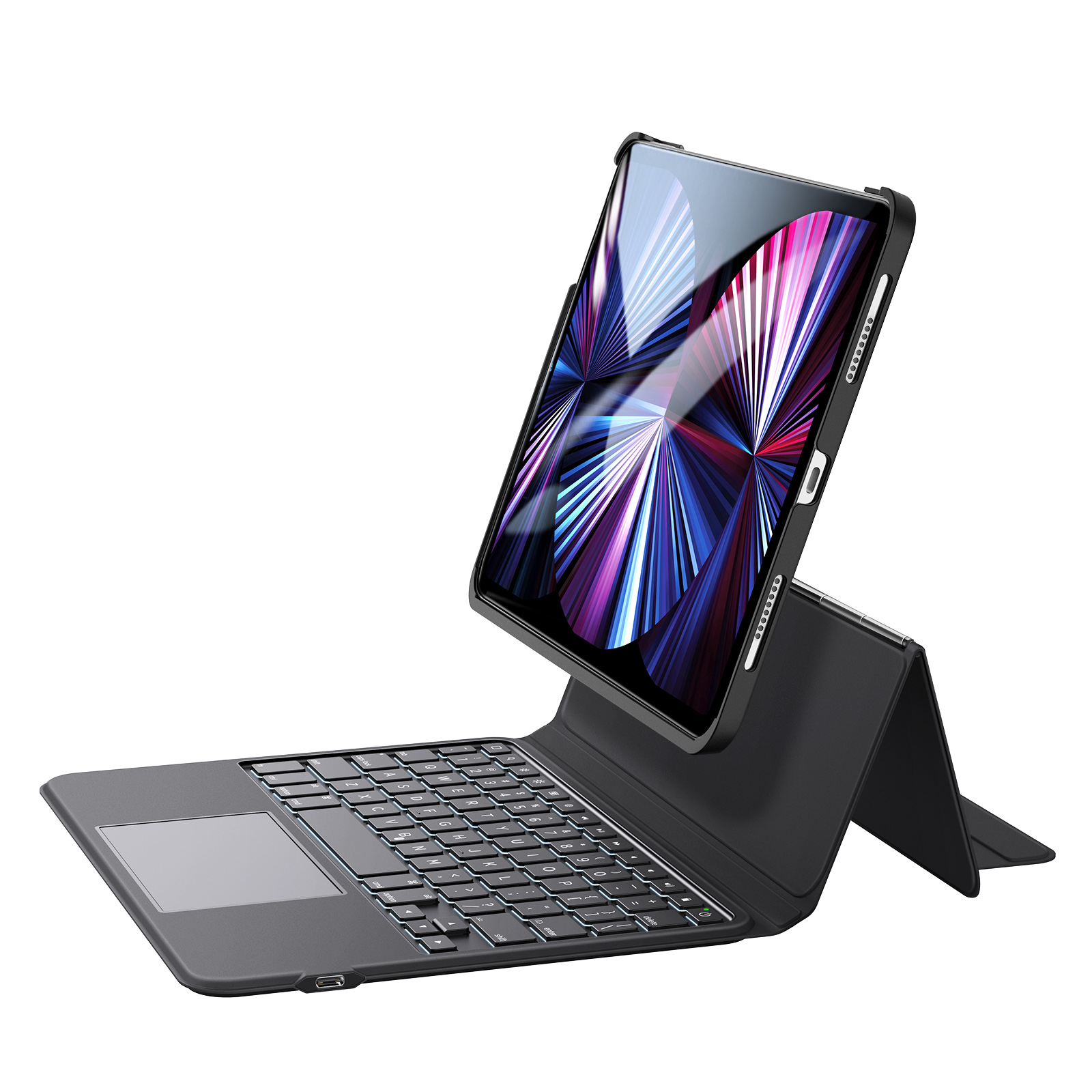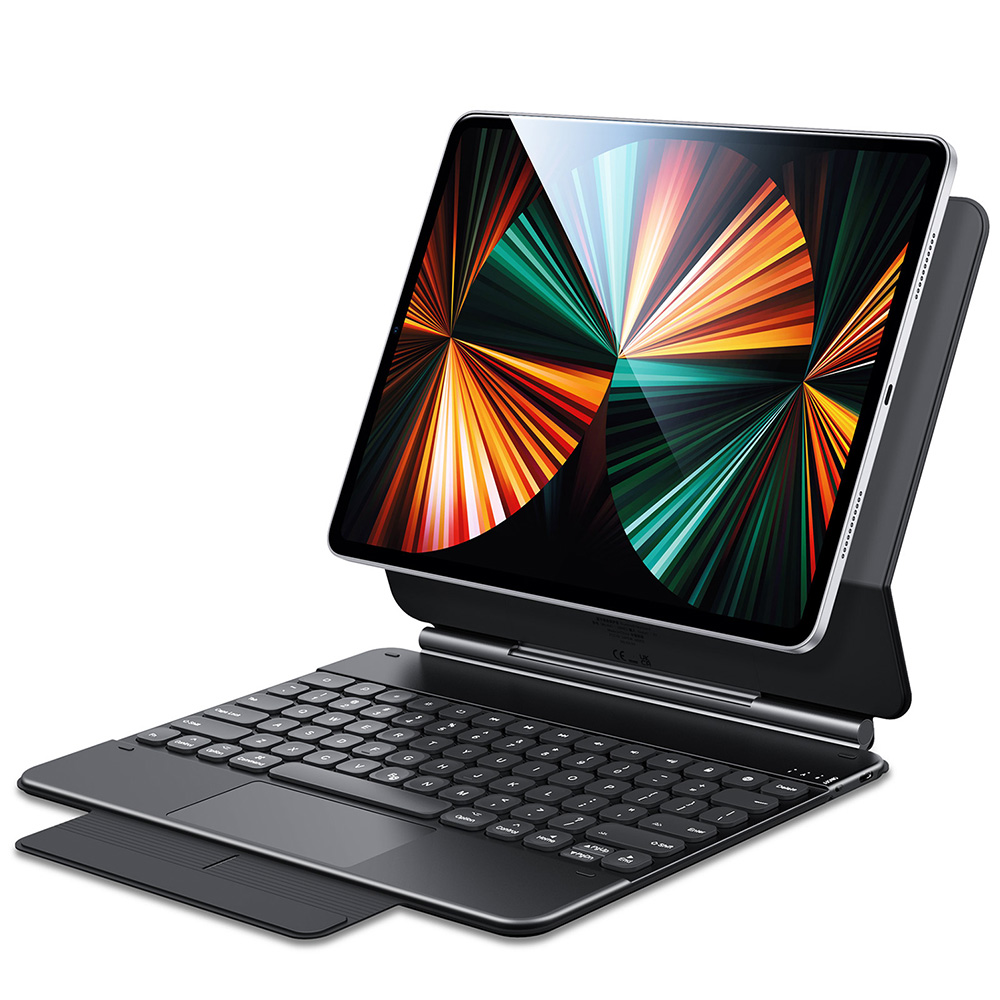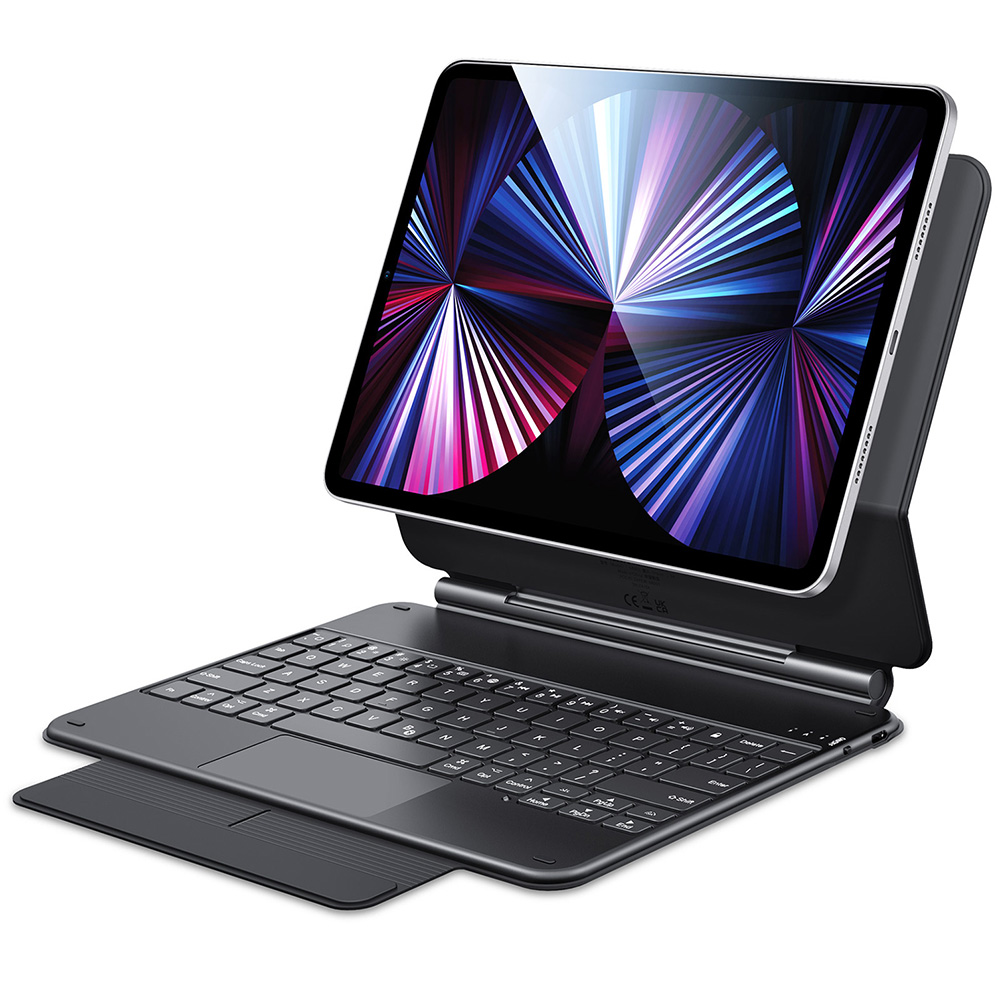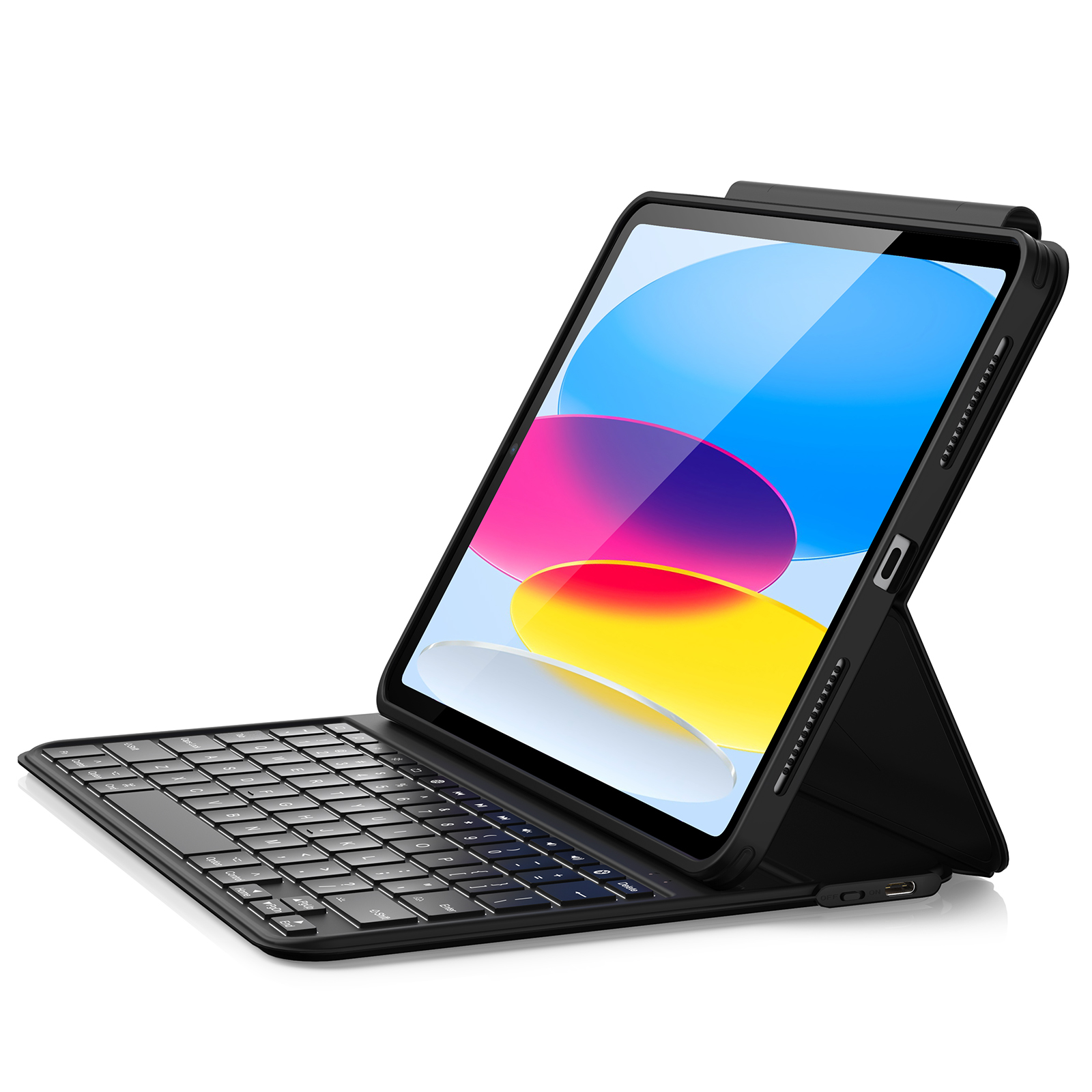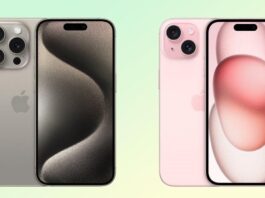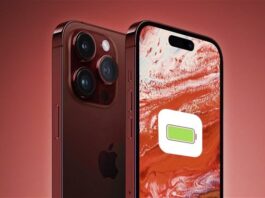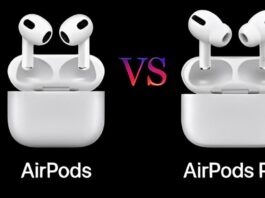If you’re eyeing the sleek new S24 and fall into the wired audio camp, you might be wondering: does the S24 have a headphone jack?
The Short Answer: No Dice for Dedicated Jacks
Unfortunately, the S24, like its predecessors since the S20 in 2020, abandons the traditional 3.5mm headphone jack. This aligns with Samsung’s broader shift towards a wireless future, mirroring similar moves by Apple and other major players.
But Fear Not, Audiophiles! Wired Options Still Exist
While the lack of a dedicated S24 headphone jack might seem like a deal-breaker, fret not! Here’s an exploration of your wired audio options with the S24:
Embrace the USB-C Revolution:
- USB-C Headphones: The S24’s USB-C port opens doors to a plethora of USB-C headphones and serves as the Galaxy S24 headphone jack. These offer direct digital-to-analog conversion, potentially delivering superior audio quality compared to wireless options. Brands like Sony, Sennheiser, and Audio-Technica offer high-end USB-C headphone options for discerning listeners.
- The Adapter Route: If you’re attached to your favorite pair of 3.5mm headphones, don’t despair! A simple USB-C to 3.5mm adapter connects them to the S24 and becomes an S24 headphone jack. However, keep in mind that adapter quality can impact audio fidelity. Opt for reputable brands and consider active adapters with built-in DACs for improved sound.
Consider the DAC Advantage:
For the ultimate audiophile experience, explore Digital-to-Analog Converters (DACs). These external devices enhance the digital audio output from your S24, potentially resulting in a clearer, richer sound. High-end DACs often boast dedicated headphone amplifiers, further boosting audio power and quality. Remember, DACs typically require additional power or charging, adding another element to your setup.
Choosing the Right Wired Audio Solution for Your S24: Adapters vs. DACs
If you’re sitting on a fence and don’t know what solution is the best for you, here is a table that can help you!
| Feature | Adapter | DAC |
| Function | Connects 3.5mm headphones to USB-C port | Converts digital audio signal to analog for headphones |
| Active vs. Passive | Passive: None (uses phone’s DAC) | Active: Built-in DAC for improved audio |
| Impact on Audio Quality | Limited, depends on phone’s DAC | Significant, dedicated DAC can enhance fidelity |
| Typical Use Cases | Casual listening with standard headphones | Audiophile needs, high-impedance headphones |
| Cost | Lower (passive: $10-$20, active: $30-$100) | Higher ($50-$500+, depending on features) |
| Portability | More portable (smaller, lighter) | Varies (portable: pocket-sized, desktop: larger) |
| Additional Features | None | May offer higher sampling rates, bit depth, balanced output |
| Popular Brands | Apple, Samsung, AudioQuest | iFi, Topping, Chord Electronics |
Beyond Traditional Headphones
Save 25% OFF MagSafe Charger with code: ESRBLOG
Wired speakers and home theater systems often utilize RCA or optical connections. Thankfully, adapters exist to connect these systems to the S24’s USB-C port, allowing you to enjoy wired audio experiences beyond just headphones.
Beyond Convenience: Weighing the Wired vs. Wireless Debate
While the S24 embraces wireless convenience, the wired path persists for several reasons:
| Feature | Wired | Wireless |
| Audio Quality | Potentially superior, especially for lossless formats, due to bypassing Bluetooth compression | The convenience of no wires, but quality can vary depending on Bluetooth codec and connection stability. May experience compression artifacts. |
| Latency | Minimal latency, ideal for real-time audio applications like gaming and music production | May experience latency, impacting audio-visual sync and real-time applications. Latency varies depending on the codec and connection quality. |
| Battery Life | No need to charge headphones | Headphones require regular charging, impacting convenience and listening time. |
| Cost | Can be more budget-friendly, especially for basic 3.5mm headphones | Higher-end wireless options can be expensive, but budget-friendly models exist. |
| Convenience | Requires cables and adapters, potentially less convenient for on-the-go use | No wires, offering freedom and ease of movement. |
| Connectivity | Requires compatible USB-C port or adapter for 3.5mm headphones | Connects wirelessly via Bluetooth, offering wider compatibility with various devices. |
| Durability | Cables can be prone to wear and tear but are generally more durable than wireless components | Wireless components are susceptible to damage from drops or water exposure. |
| Additional Features | Some USB-C headphones offer features like active noise cancellation | Wireless options often boast features like noise cancellation, multi-point connectivity, and touch controls. |
The Future of Audio: A Blend of Worlds?
The lack of a Samsung S24 headphone jack reflects a broader industry trend, but wired connections continue to resonate with specific user demands. This isn’t just about nostalgia; it’s about priorities.
Wired’s Enduring Appeal:
- Audio Fidelity: Audiophiles cherish the potential for higher fidelity with wired connections, bypassing Bluetooth compression for purer sound. Lossless formats like FLAC shine in this realm.
- Latency: For real-time applications like gaming or music production, wired’s minimal latency ensures perfect audio-visual sync, crucial for optimal performance.
- Battery Life: No need for charging headphones, freeing you from the worry of dying batteries and ensuring uninterrupted listening marathons.
- Cost: Budget-conscious users can find affordable wired options, especially compared to high-end wireless counterparts.
Wireless Advances Bridge the Gap:
Manufacturers are innovating:
- USB-C Headphones: These offer direct digital-to-analog conversion, potentially rivaling wired quality. Brands like Sony and Sennheiser are pushing boundaries with premium features like active noise cancellation.
- Bluetooth Evolution: New codecs like aptX Lossless and Low Latency promise significant improvements in audio quality and latency, narrowing the gap between wired and wireless experiences.
The Choice is Yours
Ultimately, the “wired vs. wireless” debate boils down to individual needs and preferences. If you are a die-hard Audiophile, who is prioritizing the purest sound quality and minimal latency, then Wired connections with high-end DACs might be your sweet spot.
For a casual listener, seeking convenience and freedom from wires is the primary goal. In that case, high-quality wireless options with advanced codecs might be ideal.
As a budget-conscious and value-driven user, you can explore affordable wired options or wait for Bluetooth advancements to further narrow the quality gap.
The S24 caters to both worlds. While it lacks a traditional S24 headphone jack, the S24’s USB-C port opens doors to various wired possibilities. Its Bluetooth connectivity supports advanced codecs for a seamless wireless experience.
Final Thoughts: The Future Is a Blend
The audio world is likely to see a harmonious coexistence of wired and wireless technologies, each catering to specific needs and preferences. Manufacturers will continue pushing boundaries in both camps, offering even more compelling choices for audio enthusiasts.

